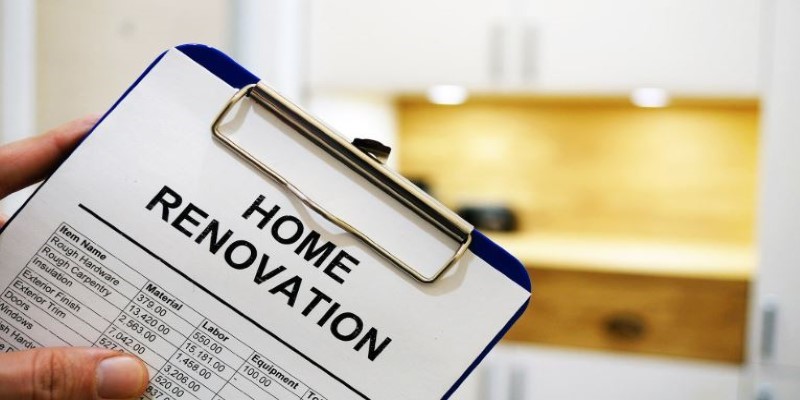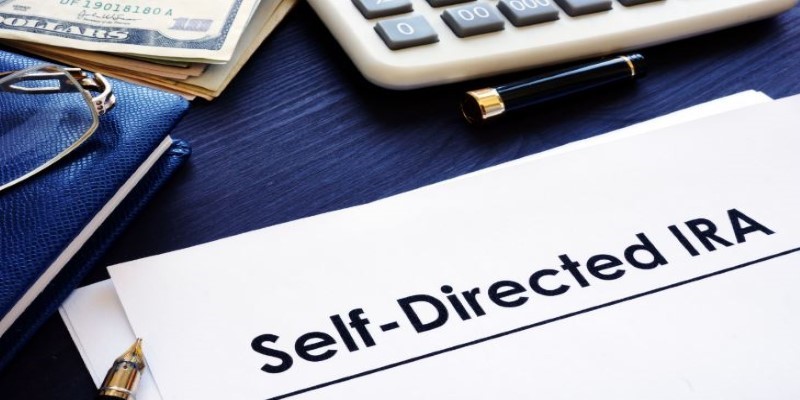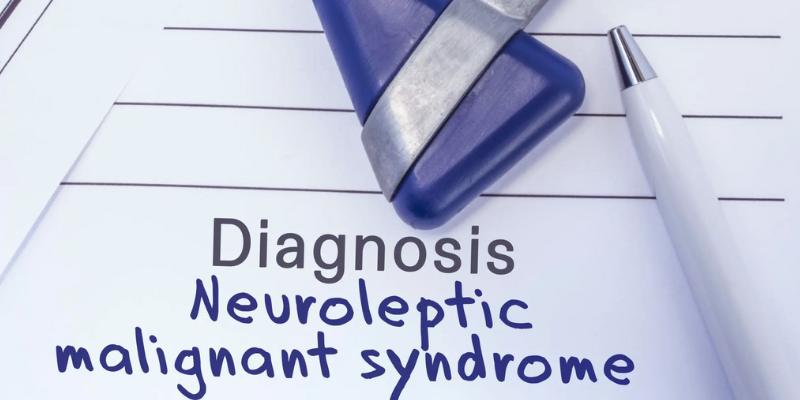Filing for Bankruptcy: What You Need to Know
Filing for bankruptcy is a significant financial decision, offering relief when debts become overwhelming. While it allows individuals or businesses to eliminate or restructure debts, it comes with long-term consequences, such as a damaged credit score and possible asset loss. People typically turn to bankruptcy when they can no longer meet their financial obligations, like unpaid medical bills or job loss.
There is the option to consider bankruptcy, but only when collection calls and wage garnishments do not stop, though most debts, such as student loans and taxes, are excluded. Bankruptcy does not apply to everyone; one should know its drawbacks and advantages first before initiating the move. This requires careful thought as to whether bankruptcy would suit your case.
Types of Bankruptcy and Choosing the Right One
The bankruptcy process is different based on what bankruptcy a person files. The two most common forms for individuals are Chapter 7 and Chapter 13 bankruptcy.
Chapter 7 Bankruptcy: Liquidation
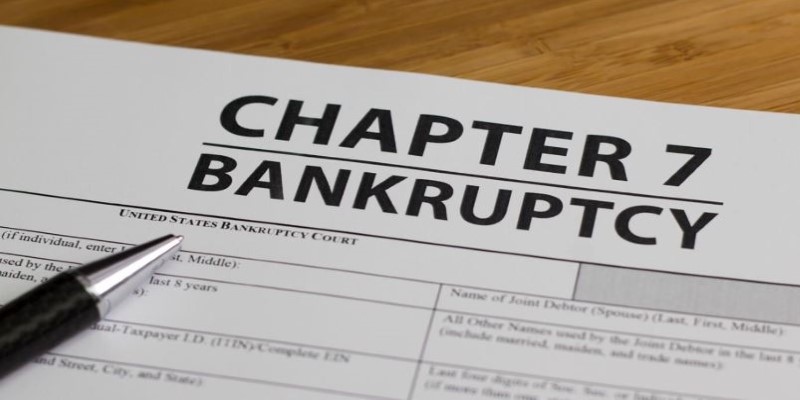
Chapter 7 bankruptcy, commonly known as liquidation bankruptcy, is for people with little to no disposable income. In this process, a court-appointed trustee sells some non-exempt assets to repay creditors. However, many critical assets, such as a first home or required work tools, may be exempt under state or federal exemptions. The process usually takes a few months, so it is relatively fast. However, not everyone is eligible—the applicant must pass a means test to show they do not have enough income to pay off their debts.
Chapter 13 Bankruptcy: Reorganization
Chapter 13 bankruptcy, also known as reorganization bankruptcy, is available for debtors who earn a steady income but cannot meet their debt payments. Rather than liquidating their assets, individuals create a court-approved repayment plan that usually lasts three to five years. During this time, debtors may retain their property while making periodic payments. This is a great option for debtors who are concerned about losing their property due to foreclosure or repossession and want a clear plan to repay their debts.
Other Types of Bankruptcy
Chapter 11 bankruptcy is the most commonly used option for businesses. This allows businesses to restructure their debts while continuing operations, which can be crucial for maintaining the business's viability during financial struggles. Additionally, Chapter 12 bankruptcy is available specifically for farmers and fishermen, offering financial relief tailored to their unique challenges and needs.
Understanding the right type of bankruptcy is key to making an informed decision about the best path forward.
Steps to File for Bankruptcy
The bankruptcy process involves several legal steps and can be complex, requiring careful preparation. The first step is assessing financial eligibility. This includes gathering all financial records—income statements, tax returns, credit reports, and a complete list of assets and liabilities. Having clear documentation is essential to ensure an accurate filing.
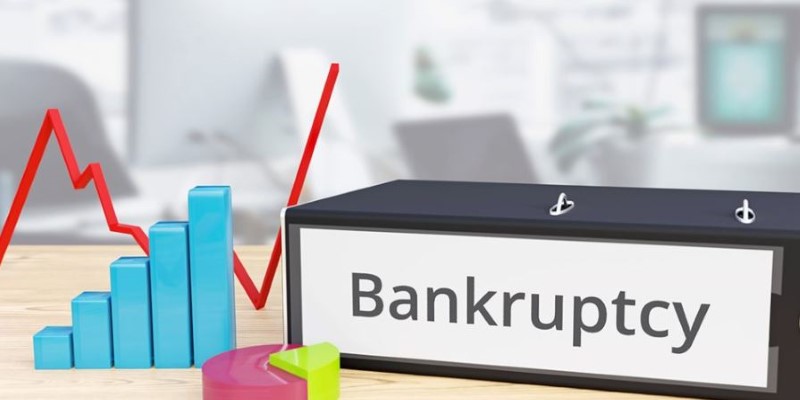
Before filing, individuals are required to complete a credit counseling course from a government-approved agency. This course helps debtors understand their options and confirm whether bankruptcy is the right choice. Once completed, a certificate is issued, which must be included in the bankruptcy petition.
Filing for bankruptcy officially begins by submitting a petition to the federal bankruptcy court. This document outlines the debtor’s financial situation, including income, debts, and property. Along with the petition, a statement of financial affairs and a list of creditors must be provided. Filing fees are also required, although fee waivers may be available for low-income individuals.
After filing, an automatic stay goes into effect, stopping collection activities, wage garnishments, and foreclosure proceedings. This provides temporary relief while the court reviews the case. Debtors must also attend a creditors' meeting, where a trustee and creditors can ask questions about the financial situation. While this may sound intimidating, it's usually a straightforward process as long as the paperwork is accurate.
For Chapter 7 filers, the trustee determines which assets (if any) can be liquidated. In Chapter 13 cases, a repayment plan is proposed and must be approved by the court. Once all legal requirements are met, eligible debts are discharged, giving the filer a fresh financial start.
Life After Bankruptcy and Rebuilding Finances
While bankruptcy offers relief, it’s not a free pass—it comes with lasting effects. A Chapter 7 bankruptcy remains on credit reports for 10 years, while Chapter 13 stays for 7 years. This can make it harder to get loans, mortgages, or even some jobs. However, financial recovery is possible with the right steps.
The first step in rebuilding is creating a budget and developing responsible financial habits. Many who go through bankruptcy end up in the same situation again due to poor money management. Establishing an emergency fund, cutting unnecessary expenses, and prioritizing savings are crucial.
Securing new credit after bankruptcy can be difficult, but secured credit cards or credit-builder loans can help. These financial tools allow individuals to demonstrate responsible borrowing behavior, gradually improving their credit scores. It's also important to review credit reports regularly to ensure that discharged debts are accurately reported.
Bankruptcy doesn’t mean financial failure—it’s a second chance to build a healthier financial future. With careful planning, responsible spending, and patience, many individuals regain stability and even qualify for traditional loans and mortgages over time. The key is learning from past mistakes and making smarter financial decisions moving forward.
Conclusion
Filing for bankruptcy can provide a fresh financial start for those overwhelmed by debt, offering a structured way to eliminate or reorganize obligations. However, it comes with long-lasting effects, such as a damaged credit score and potential asset loss. It’s important to carefully consider the options, understand the limitations of bankruptcy, and choose the appropriate type for your situation. After filing, rebuilding finances through responsible budgeting, saving, and managing credit is essential for long-term financial health. With the right approach, bankruptcy can be a step toward recovery, but it requires careful planning and dedication to regain financial stability.






